Fireflies, Near and Far
Firefly photos from 2024 in Acadia and the Great Smoky Mountains
Each year, I depart Maine just as true spring arrives and head south to Great Smoky Mountains National Park. Spring in Maine is huge. We wait SO long for it to arrive, so it’s always bittersweet leaving with the knowledge that I won’t be here to greet it. I’m usually only gone for two weeks, and in that time, there is a dramatic shift in the season. It’s basically still mud season when I leave, and by the time I return, I’ve missed the best of the fresh spring color… and biting bugs have returned. Bugs, you say? Don’t worry, I spend some quality time with bugs while in the Smokies… but not the bitey kind, the glowy kind!
While in the Smokies last year, my goal was to create images of fireflies strikingly different from what I had made in the past. Years prior, I had composed all of my firefly photos around trees, forests, and sometimes roads. I wanted to expand the settings I showed them in, so I pushed myself to find new ideas and scenes; the most obvious being the image of fireflies outside the window of a historic cabin, seen above. I looked for other man-made objects to include and settled on the composition below of a lone tree behind a split rail fence, traditional to the Smokies.
In the past, I attempted to photograph synchronous fireflies, the species I most often chase in the Smoky Mountains, around water features, but I had never had much luck. Even small flows seemed to act as a barrier to them. Compositions looking up or downstream would be barren of lights. I returned in 2024 with that knowledge and composed two images that included flowing water in the foreground and masses of fireflies in the background.
I also wanted to dedicate more time to photographing blue ghost fireflies. They tend to congregate in the same areas as synchronous fireflies, but as you can see below, they look very different. First off, their light is a different color, hence the name. They don’t flash either, their light is constant. They fly slowly, low to the ground, and move in seemingly erratic directions. In their defence, most fireflies probably fly erratically, it’s just easier to see blue ghosts do it.
And of course, I made some good ol’ fashion photos of fireflies and trees!
People always ask, so I’ll just say it... yes, I use Photoshop to process these images. Photoshop does not automatically mean something dishonest has been done. What I use it for, as far as what may be perceived as disingenuous or manipulative, is to combine my firefly exposures. I take hundreds of photos during one evening of firefly photography and merge the keepers in Photoshop to create the images you’re viewing here. The expanse of time the lights of the fireflies represent differs from image to image, but typically runs from about 40 minutes to an hour and a half. Doing this also increases the number of lights in the photo. All of the fireflies you see were there. You might be seeing the same one multiple times, but I’m not adding anything that didn’t exist. Working this way results in an image closer to the experience of actually being there. That’s what photography is all about for me: the experience, and trying to communicate that experience to the viewer. A single ten-second-long exposure, which is how long my shutter is open when capturing the firefly’s lights, won’t do that.
My biggest goal… and challenge… for photographing fireflies in 2024 was yet to come. After returning home to Maine from my annual trip to the Smokies, I eagerly awaited firefly season in Acadia National Park. I had photographed them here before, but was not satisfied with all the results, so I doubled my efforts, found new locations, and made more images.
The biggest difference between photographing fireflies in Acadia and the Great Smoky Mountains is how enjoyable one experience is compared to the other. My technique for capturing these images is more precise than any other type of photo I make. Every decision I make is calculated: settings, timing, location, right down to where the lens is pointed and focused. Now that I say it out loud, it sounds like all of my photos! My point is that it takes a lot of concentration to pull these off. There is little room for error… which is why I don’t think I will ever lead a firefly workshop in Acadia. The amount of concentration it takes to capture these images is nearly impossible due to one major factor: mosquitoes. The nights when fireflies are out in the Smokies are pleasantly warm and devoid of biting insects - sometimes with downpours mixed in, but what is one to do? In Acadia, firefly nights are humid, and locations are swarmed with mosquitoes. Yes, I’m very brave.
I’ll be in the Great Smoky Mountains for the end of April this year, but will not return later in the spring for firefly season. It was a difficult decision to make. I love photographing them, teaching others how to photograph them, and most of all, watching them light up the old-growth forests and meadows of the park. If you haven’t already, subscribe below to learn about future firefly photography workshops in the Great Smoky Mountains! Join me, and make your own images of these mysterious creatures!
View a gallery of these and more images on my website.


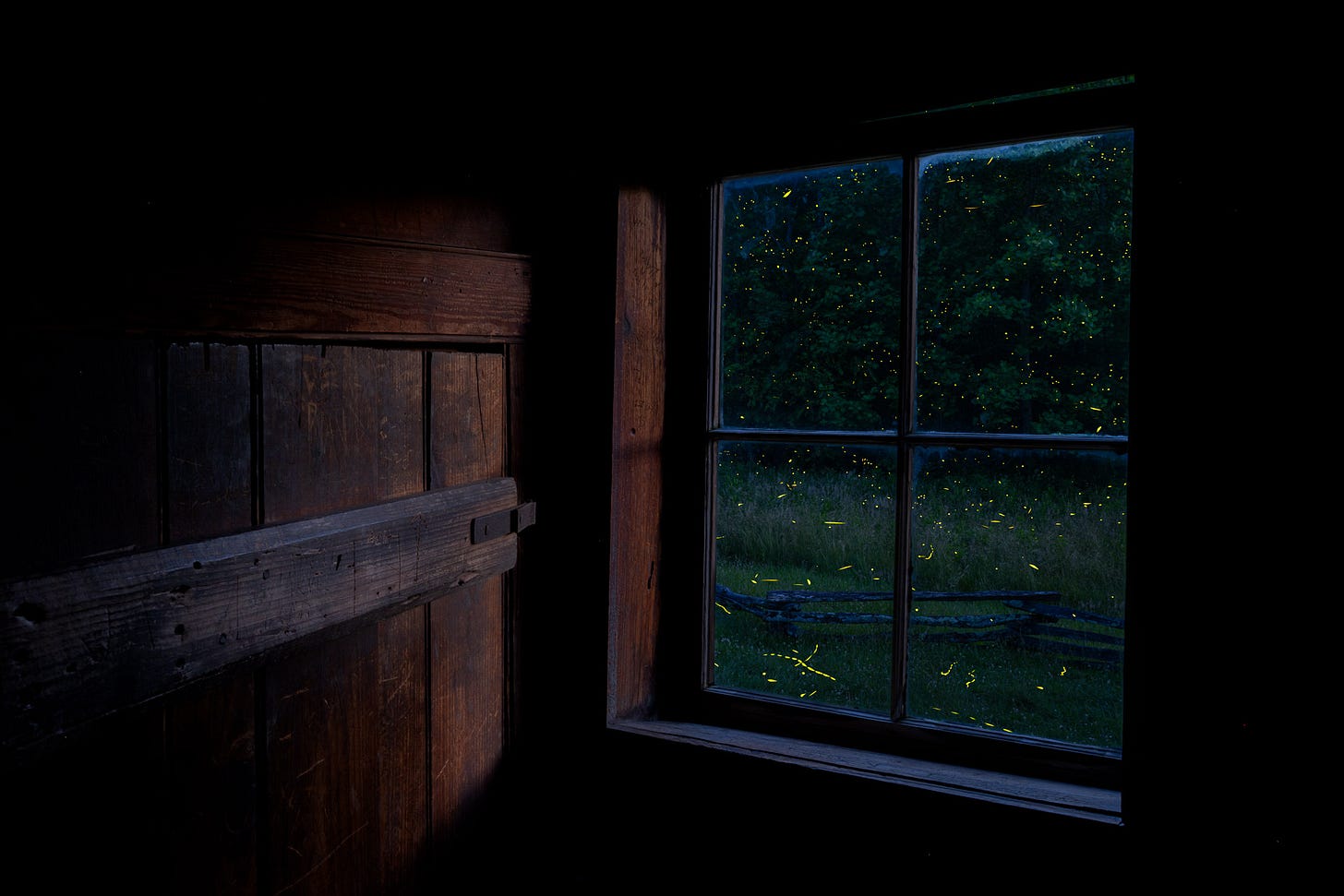

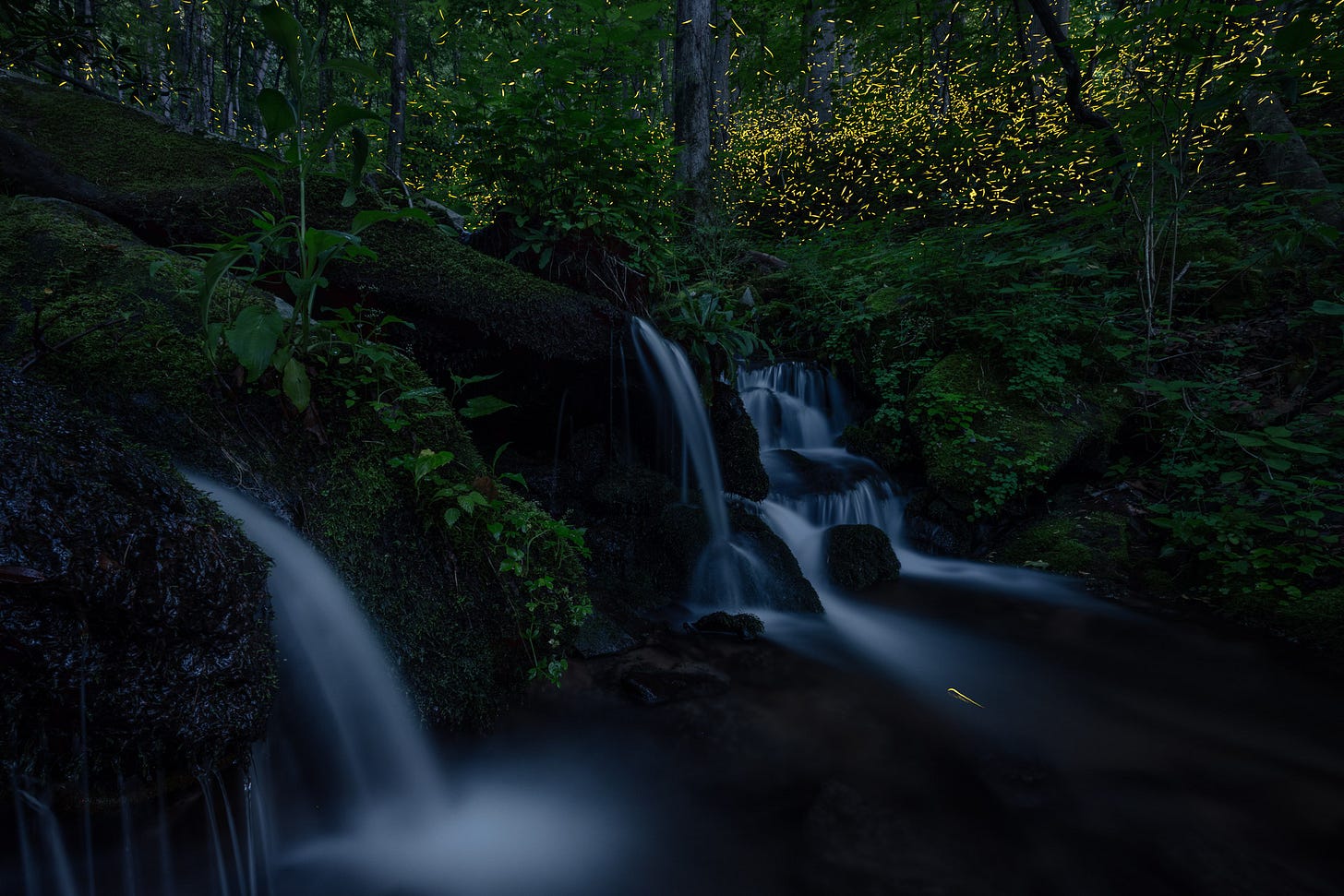
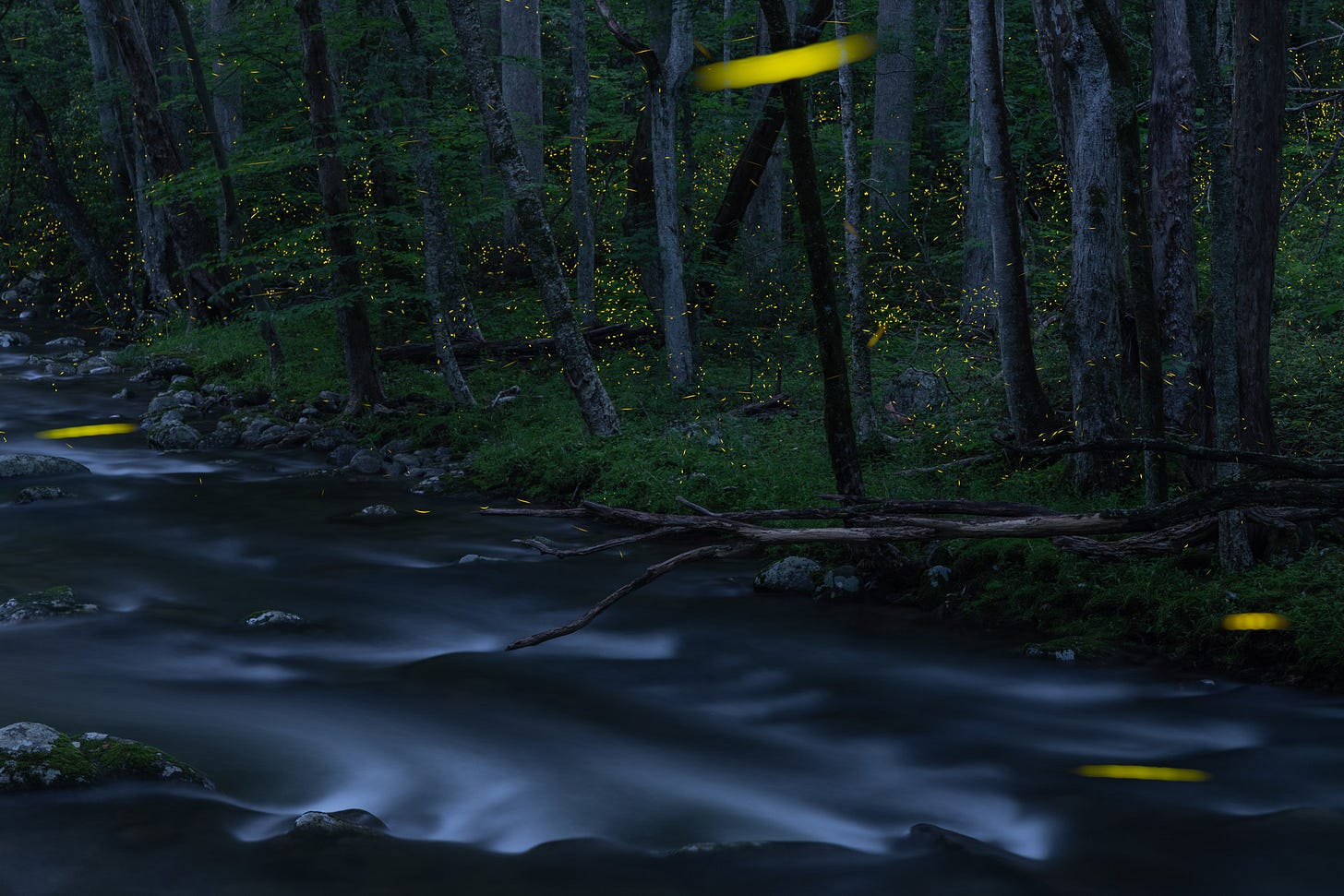

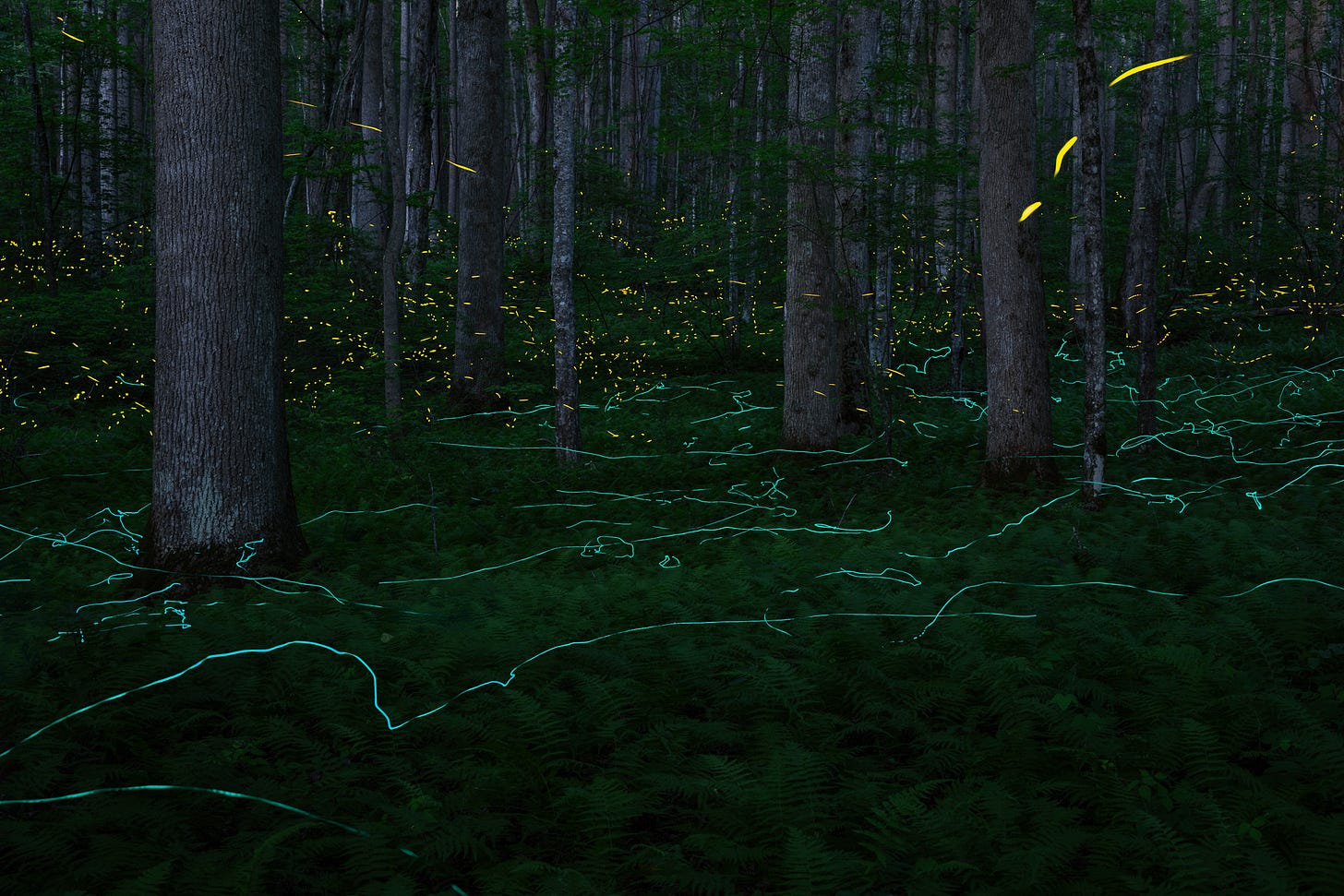

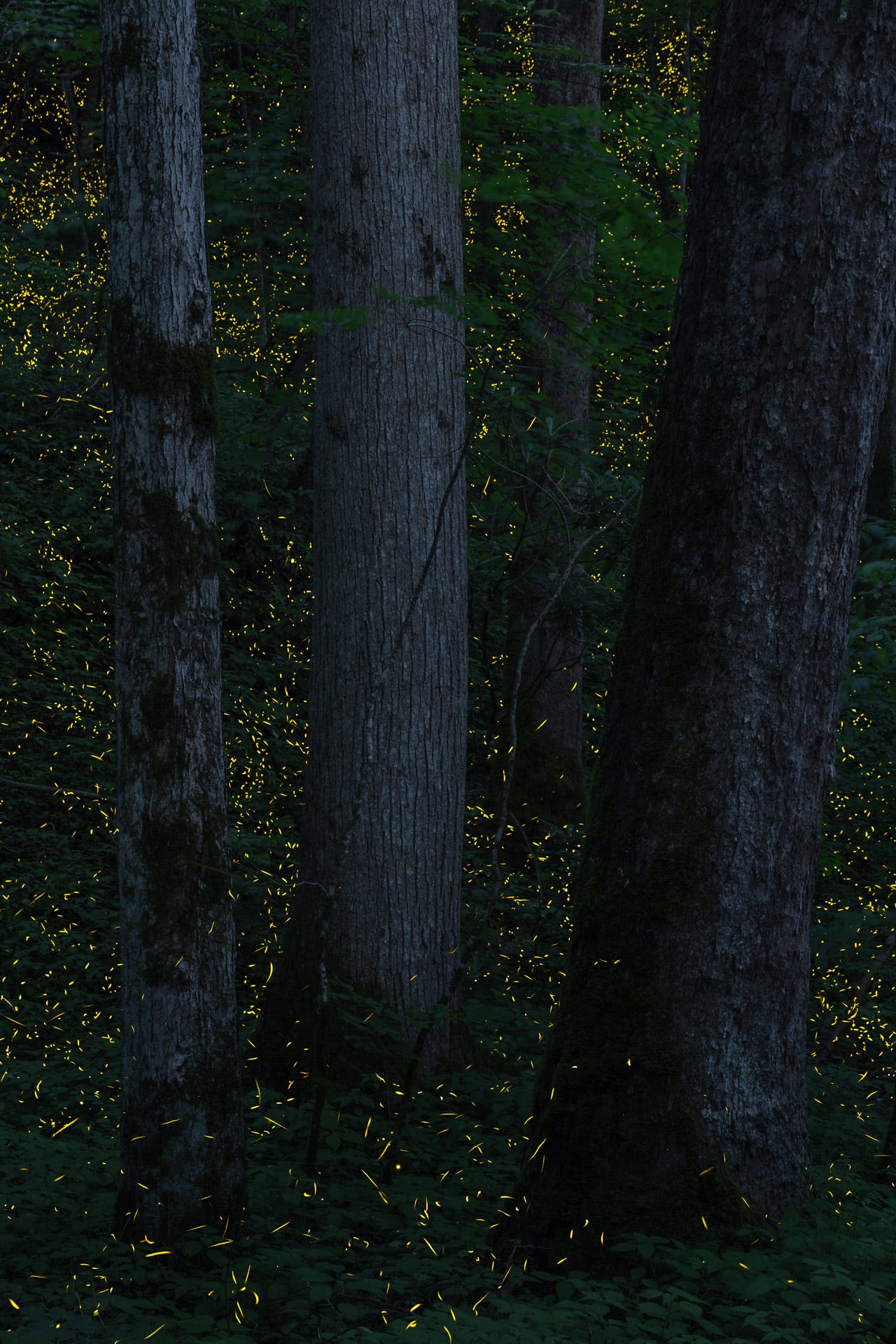
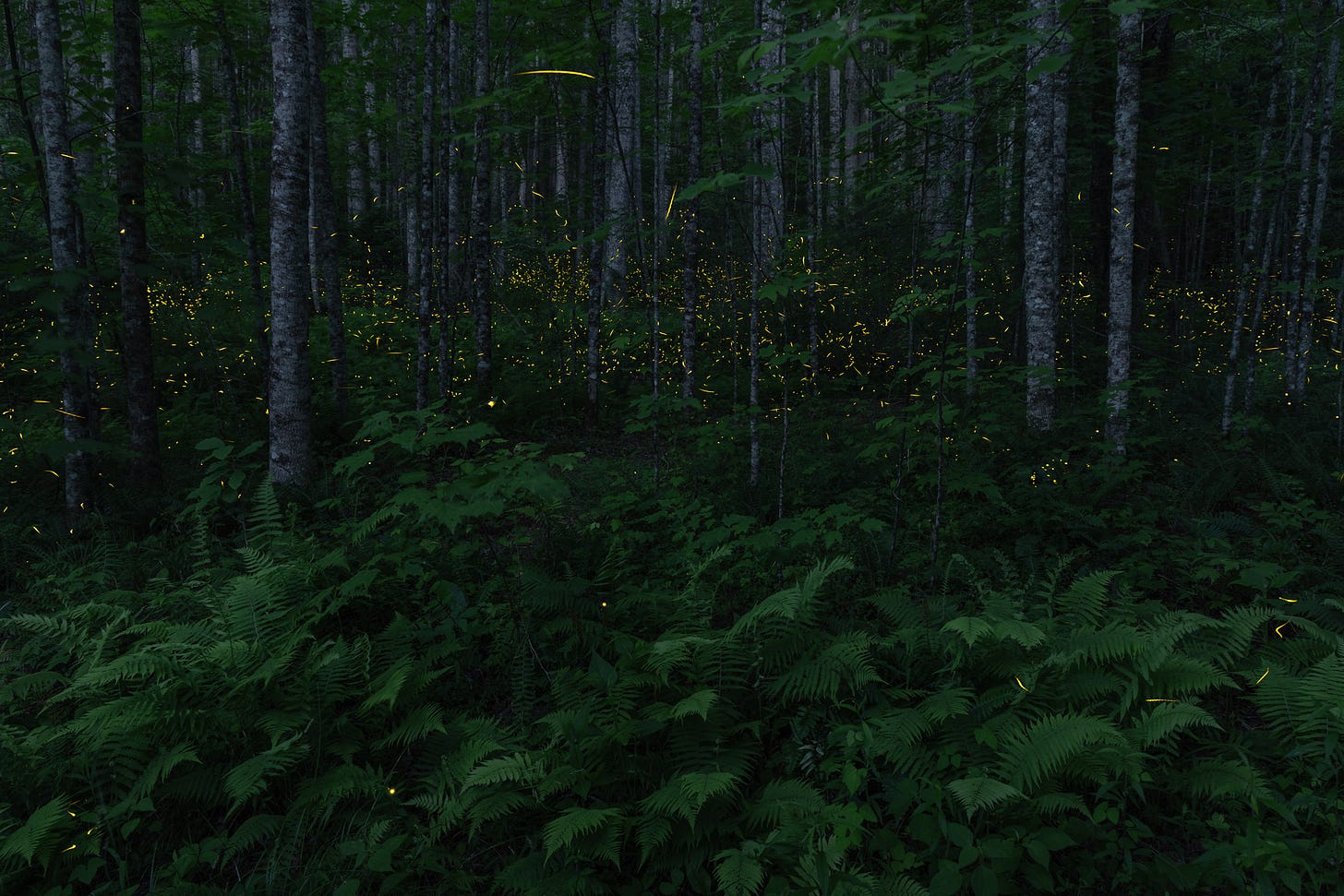
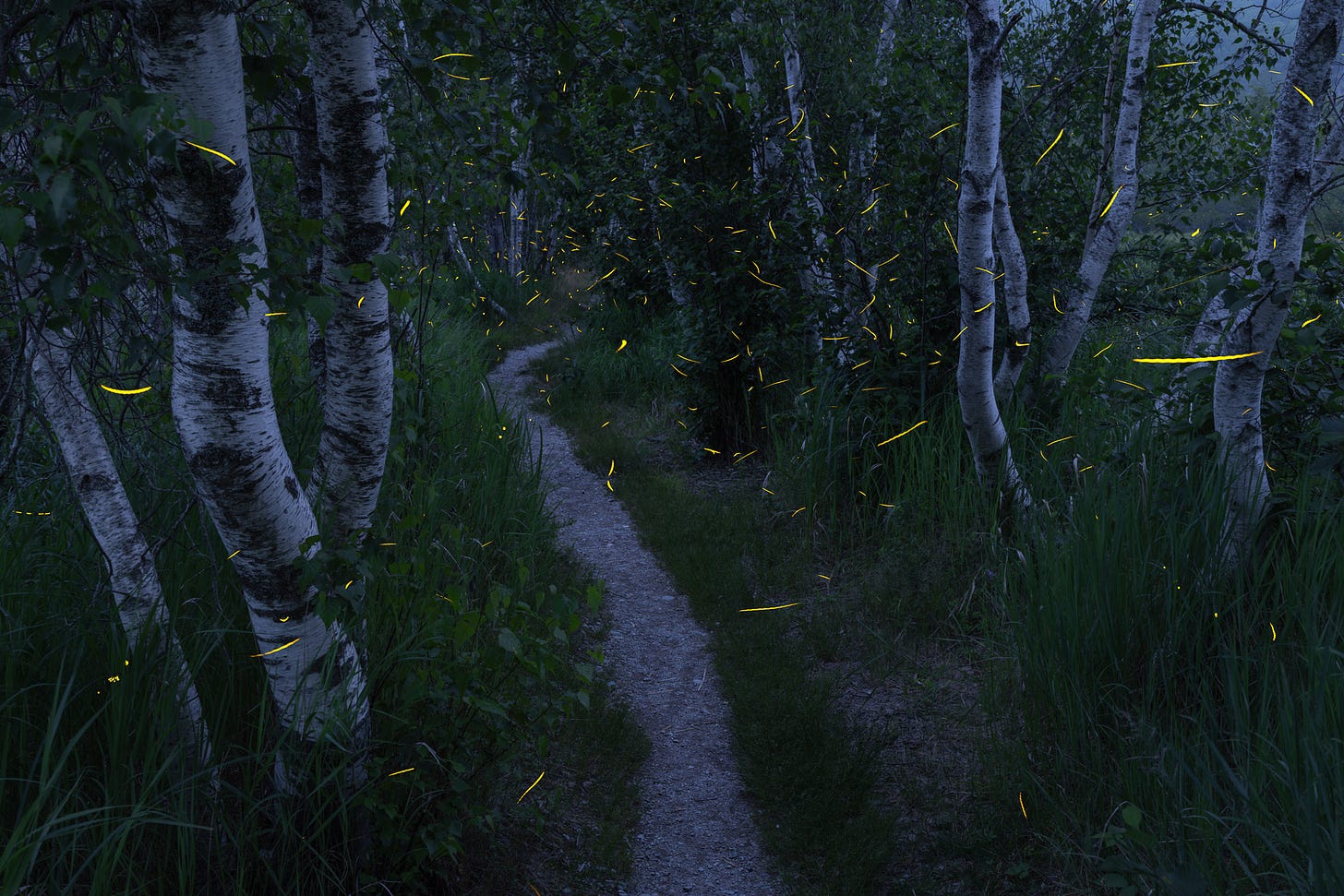


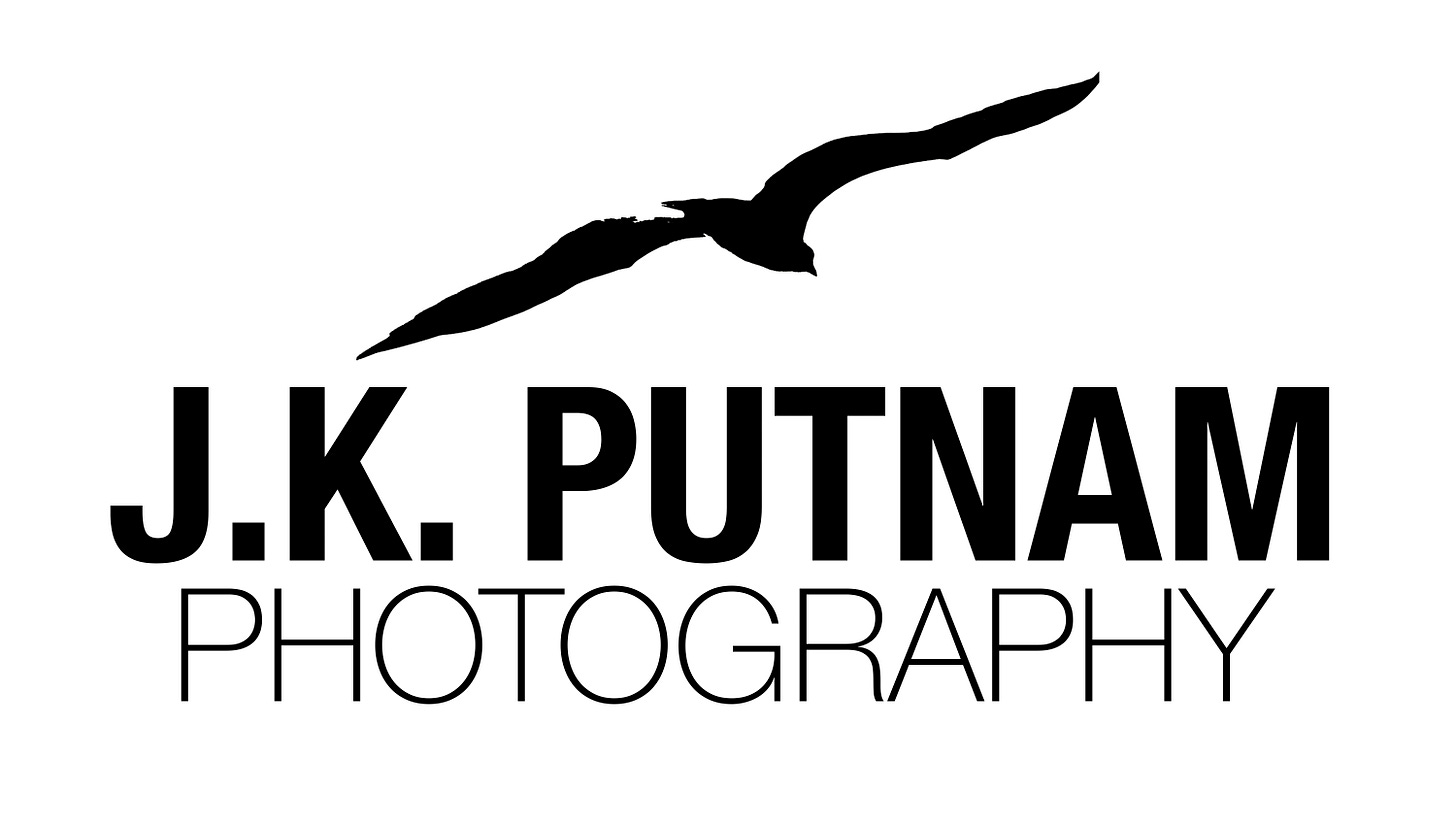
These are incredible photographs! Thank you so much for sharing!
Something that I hope to see in person one day! Thanks for sharing such beautiful images!✨️